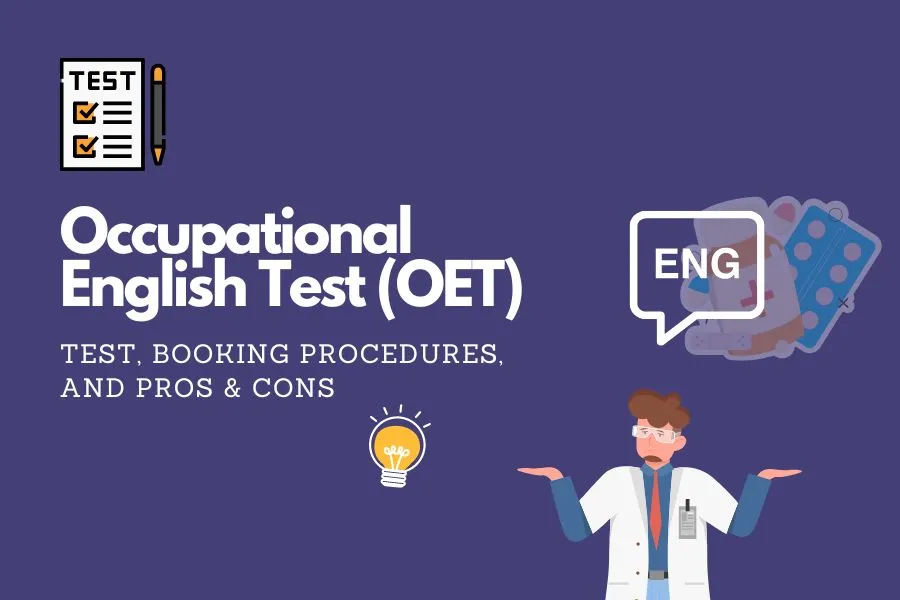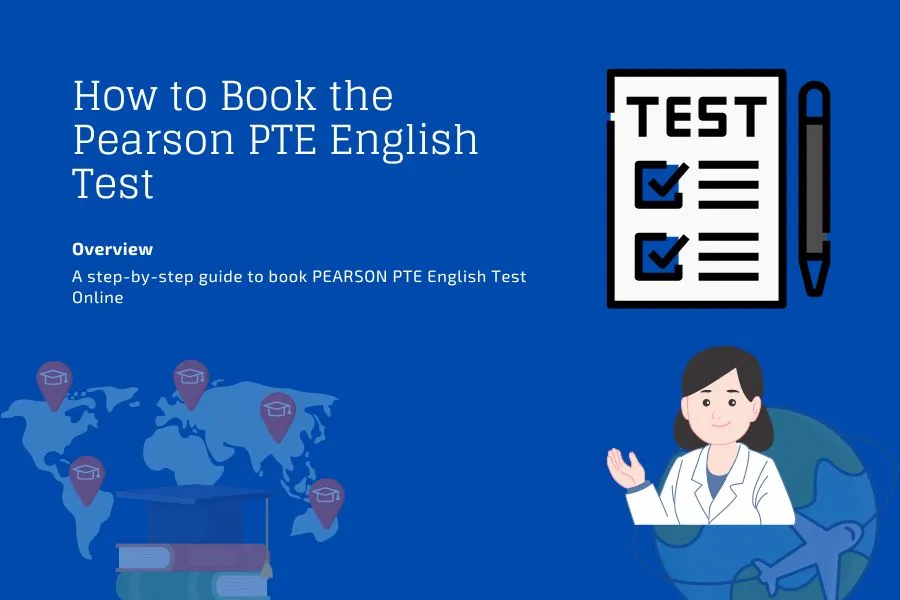Introduction to the Occupational English Test (OET)
The Occupational English Test (OET) is an internationally recognized English language proficiency test designed for healthcare professionals.
It assesses the language skills of healthcare practitioners who wish to work or study in an English-speaking environment. The OET is available for various healthcare professions, including pharmacists, and is widely accepted by regulatory bodies, universities, and employers in countries such as Australia, New Zealand, Singapore, and the United Kingdom.
A Brief History of the OET
The OET was first developed in the late 1980s by Professor Tim McNamara at the University of Melbourne in collaboration with the Australian National Office for Overseas Skills Recognition. It was initially created to meet the language requirements of overseas-trained doctors seeking to work in Australia. Over the years, the test has evolved and expanded to include other healthcare professions, including pharmacists.
Healthcare professionals eligible for OET Test
OET has a separate version for every profession. Currently, 12 healthcare professionals are eligible to appear in the OET Exam:
- Dentistry
- Dietetics
- Medicine
- Nursing
- Occupational Therapy
- Optometry
- Pharmacy
- Physiotherapy
- Podiatry
- Radiography
- Speech Pathology
- Veterinary Science
The Benefits of Taking the OET for Pharmacists
The OET for pharmacists is designed to assess the English language skills required for effective communication in a healthcare professional setting. By taking the OET, pharmacists can demonstrate their ability to communicate effectively with patients, colleagues, and other healthcare professionals. Here are some key benefits of taking the OET:
1. Internationally Recognized
The OET is recognized and accepted by regulatory bodies, universities, and employers in various English-speaking countries. Achieving a high score in the OET can enhance your career prospects and increase your chances of obtaining registration or employment in these countries.
2. Profession-Specific Content
The OET for pharmacists focuses on language skills and scenarios relevant to the pharmacy profession. This ensures that the test accurately reflects the language requirements of pharmacists in a healthcare setting. By preparing for the OET, pharmacists can improve their ability to communicate effectively in their professional context.
3. Realistic Test Scenarios
The OET is designed to simulate real-life healthcare scenarios. The test includes a variety of tasks, such as role-plays, letter writing, and reading and listening comprehension exercises. By practicing for these scenarios, pharmacists can develop the language skills necessary to handle similar situations in their professional practice.
Booking Procedure for the OET
If you are a pharmacist planning to take the OET, here is a step-by-step guide to the booking procedure:
Step 1: Visit the OET Website
Go to the official OET website and navigate to the “Book a Test” section.
Step 2: Select Your Profession
Choose “Pharmacy” as your profession from the list of available options. This will ensure that you are provided with the correct test materials and instructions.
Step 3: Choose Your Test Date and Location
Select your preferred test date and location from the available options. The OET is conducted at various test centers worldwide, so you can choose a location that is convenient for you.
Step 4: Complete the Registration Form
Fill out the registration form with your details, including your name, contact information, and identification documents. Make sure to double-check all the information before submitting the form.
Step 5: Pay the Test Fee
Proceed to the payment section and pay the required test fee. The fee may vary depending on your location and the test center you choose. Accepted payment methods usually include credit/debit cards or online banking.
Pros and Cons of Taking the OET
Like any other test, the OET has its pros and cons. Here are some of the advantages and disadvantages of taking the OET for pharmacists:
Pros:
– Recognition: The OET is widely recognized and accepted by regulatory bodies, universities, and employers in various English-speaking countries.
– Profession-Specific: The test content is tailored to the language requirements of pharmacists, ensuring its relevance to the profession.
– Realistic Scenarios: The OET simulates real-life healthcare scenarios, allowing pharmacists to develop practical language skills.
Cons:
– Preparation Time: Preparing for the OET requires time and effort to familiarize yourself with the test format and practice the required skills.
– Test Anxiety: Some individuals may experience test anxiety, which can affect their performance on the OET. It is essential to manage stress and anxiety through proper preparation and relaxation techniques.
– Test Availability: The OET may not be available in all locations, which could require travel to a different city or country to take the test.
Conclusion
The Occupational English Test (OET) for pharmacists is an essential tool for demonstrating English language proficiency in a healthcare context. By taking the OET, pharmacists can enhance their career prospects, improve their communication skills, and increase their chances of working or studying in an English-speaking environment. The test’s profession-specific content and realistic scenarios make it a valuable assessment tool for pharmacists worldwide.



